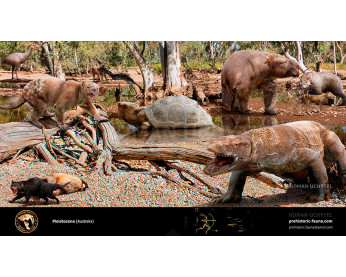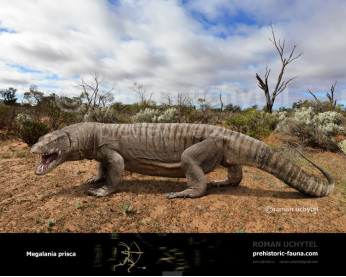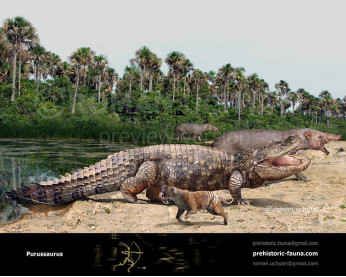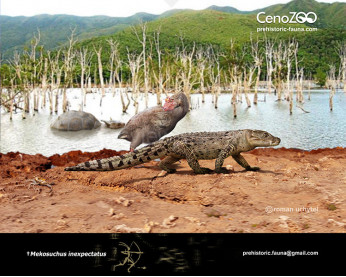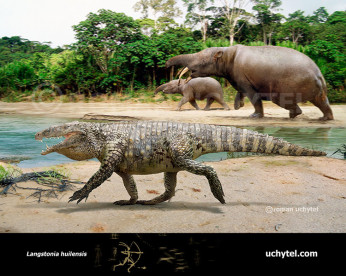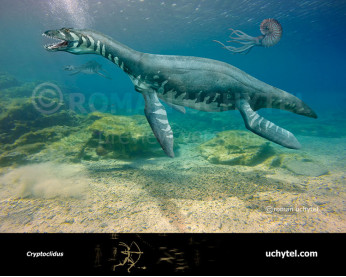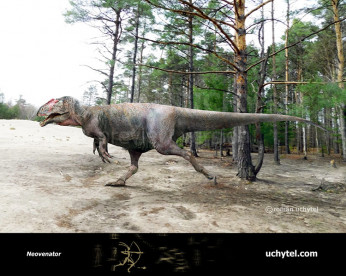Quinkana fortirostrum
190190Quinkana (Quinkana Harlan, 1825)
Order: Crocodilia
Family: Crocodylidae
Dimensions: length – 3,5 m, weight – 200 kg
Temporal range: lived in Australia from the late Oligocene to the late Pleistocene (24 million to 40 thousand years ago)
A typical representative: Quinkana fortirostrum Broin & Taquet, 1981
Quinkana is an extinct genus of mekosuchine crocodile that lived in Australia from ~24 million years ago to ~40,000 years ago. By the Pleistocene Quinkana had become one of the top terrestrial predators of Australia, possessing long legs and ziphodont teeth (lateromedially compressed, recurved and serrated). Quinkana comes from the "Quinkans", a legendary folk from Aboriginal myths. The older species (Q. meboldi and Q. timara) were small in size, about 2 metres, compared to the large Plio-Pleistocene species which evolved. Quinkana fortirostrum has been estimated to have exceeded 5 metres in length, making it at the time one of Australia's largest predators, surpassed in size by the giant monitor lizard, Megalania (Varanus priscus).
Quinkana (Quinkana Harlan, 1825)
Order: Crocodilia
Family: Crocodylidae
Dimensions: length – 3,5 m, weight – 200 kg
Temporal range: lived in Australia from the late Oligocene to the late Pleistocene (24 million to 40 thousand years ago)
A typical representative: Quinkana fortirostrum Broin & Taquet, 1981
Quinkana is an extinct genus of mekosuchine crocodile that lived in Australia from ~24 million years ago to ~40,000 years ago. By the Pleistocene Quinkana had become one of the top terrestrial predators of Australia, possessing long legs and ziphodont teeth (lateromedially compressed, recurved and serrated). Quinkana comes from the "Quinkans", a legendary folk from Aboriginal myths. The older species (Q. meboldi and Q. timara) were small in size, about 2 metres, compared to the large Plio-Pleistocene species which evolved. Quinkana fortirostrum has been estimated to have exceeded 5 metres in length, making it at the time one of Australia's largest predators, surpassed in size by the giant monitor lizard, Megalania (Varanus priscus).

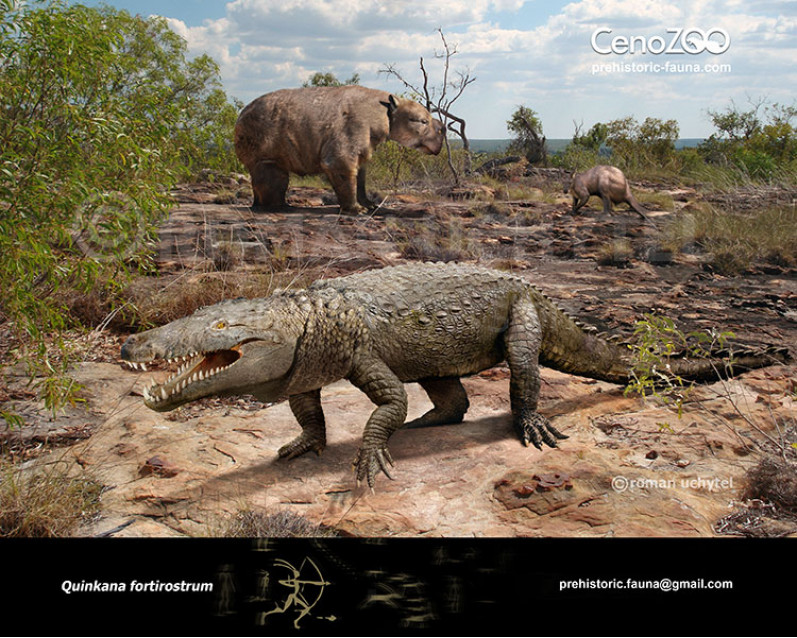
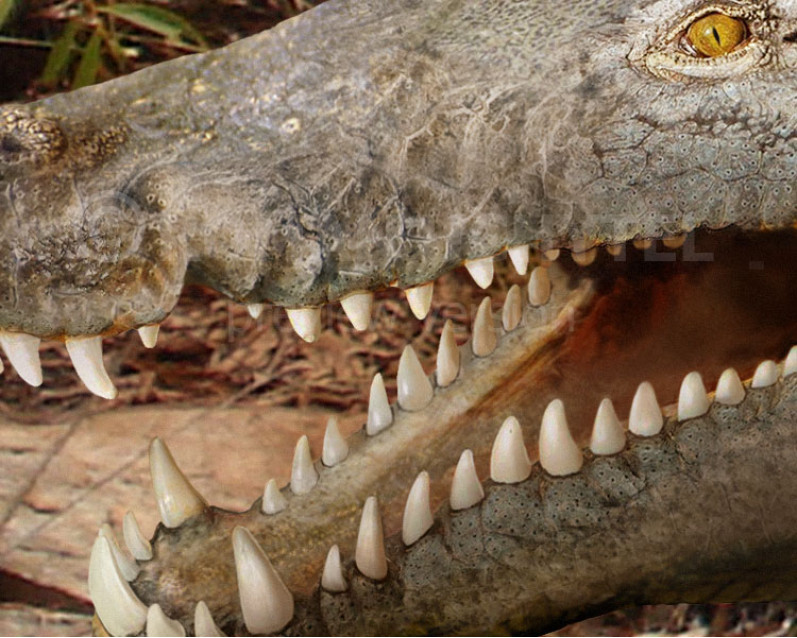
-797x638.jpg)


-70x56.jpg)
